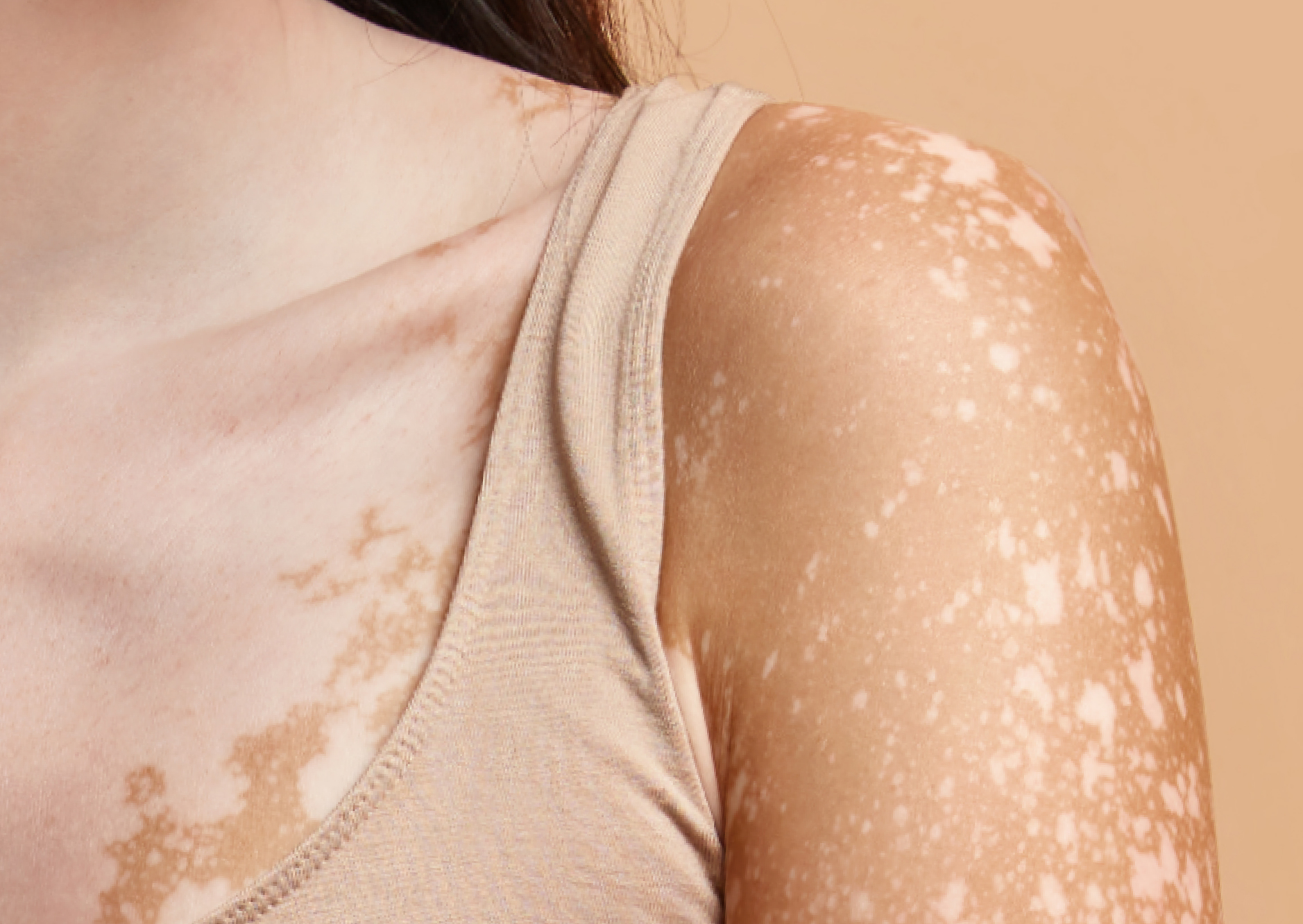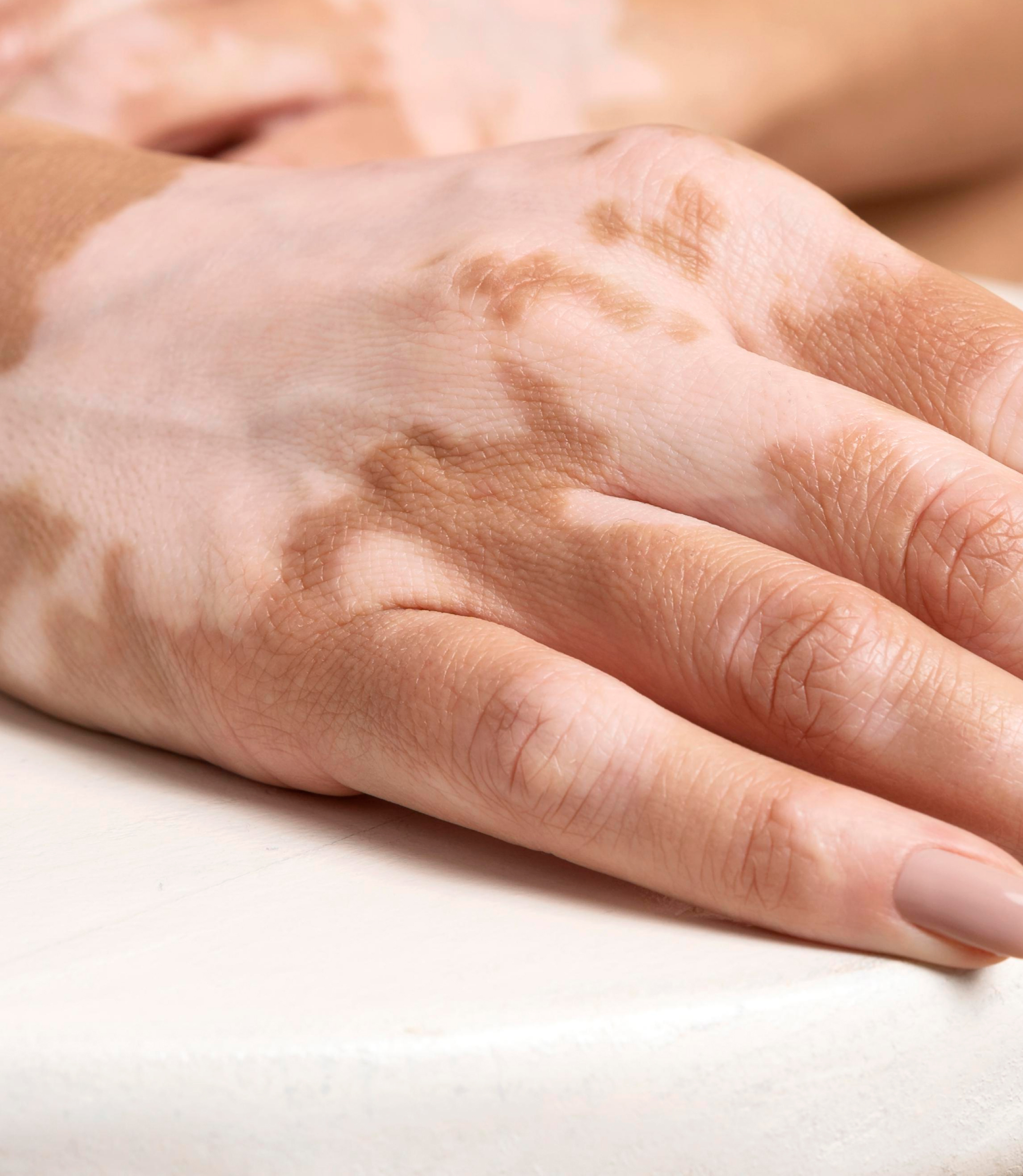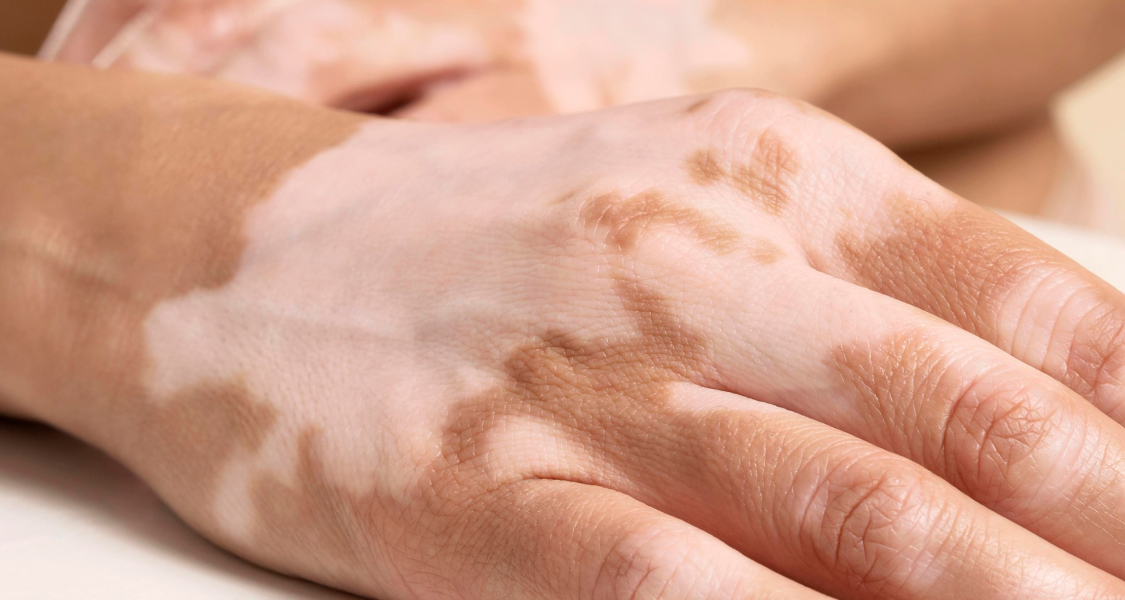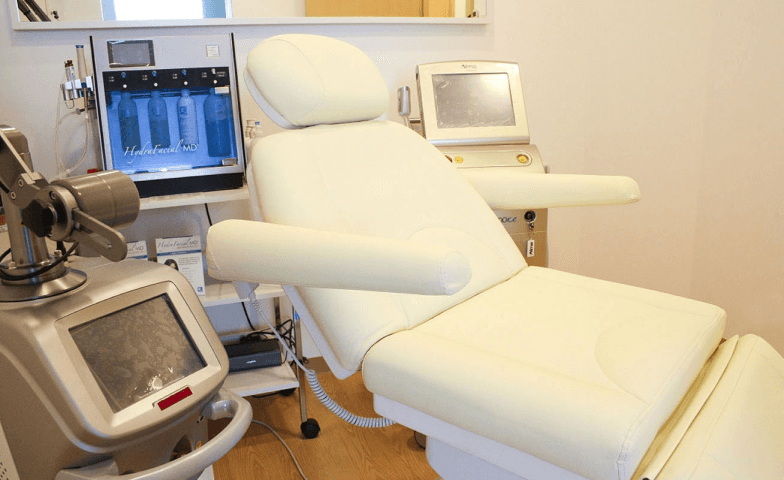Symptoms Of Vitiligo
In some cases, symptoms can be mild and affect a small area of your body. Unfortunately for some, it can be severe and affect a large area of your skin.
-
Loss of skin color
It often starts as a pale patch of skin that later on becomes white. If there are plenty of blood vessels underneath the patch, it appears pink rather than white.
-
Varying patch size
The presentation of the patches varies from person to person. Some people have small patches while others can develop patches that cover a large area of skin.
-
Itchiness
The patches of vitiligo do not usually cause discomfort but they can be itchy.
-
Hearing loss
Aside from the eye, the ear can also be inflamed and lead to hearing loss.
-
Premature whitening or graying of hair
Sometimes vitiligo can also affect hair roots on your scalp, eyebrows, eyelids, beard, and mustache. When it does, the lack of melanin can turn your hair strands white or gray.
-
Inflammation in the eye
Apart from skin manifestation, the eye can be affected in some cases of vitiligo. Inflammation of the iris and the uvea, the middle layer of the eye, can occur.











